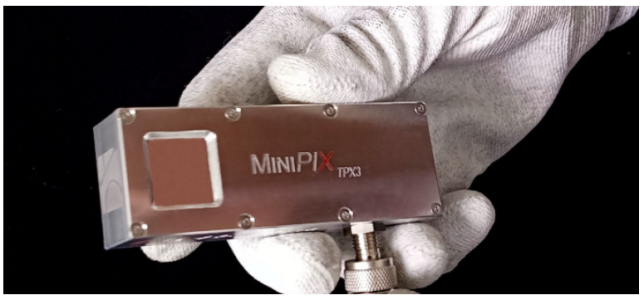Spectroscopic radiation hard imaging detector for observation, astronomy and space dosimetry

The project activity focused on the development of advanced direct-conversion detectors for X/γ-ray systems, which are critical for applications requiring reliable detection of radiation, ranging from single photons to high fluxes within the broad mid-energy spectrum. Traditional materials such as Si and Ge have limitations, particularly in detecting higher energy ranges, which motivates the search for semiconductors with a wider band gap, higher X/γ-ray absorption efficiency, and favorable electrical characteristics. GaAs stands out as a strong candidate, owing to its optimal properties, particularly having high detection capability in the energy range above the Si sensor’s operating range and below that of CdZnTe-based sensors. However, despite its potential, significant challenges exist in creating GaAs-based sensors, such as obtaining high-quality, structurally perfect GaAs crystals and optimizing fabrication processes for pixel sensors. The project has addressed these challenges by leveraging advanced approaches and innovative techniques to prepare GaAs-based pixel sensors for spectroscopic and imaging applications, especially in demanding environments such as space and high-energy research. GaAs semiconductors have been studied for over 30 years as materials for ionizing radiation detection, with recent advancements in Cr-compensation enabling high-resistivity crystals for improved charge carrier collection and higher bias voltages. While Si detectors dominate the market, GaAs offers superior radiation sensitivity, energy resolution, and detection efficiency, especially for high-energy X-rays. Advafab is introducing advanced GaAs-based hybrid pixel detector modules with these advantages, making them ideal for applications such as spectroscopic measurements, radiation-hard imaging, high-resolution observation, and X/γ-ray and charged particle dosimetry.
